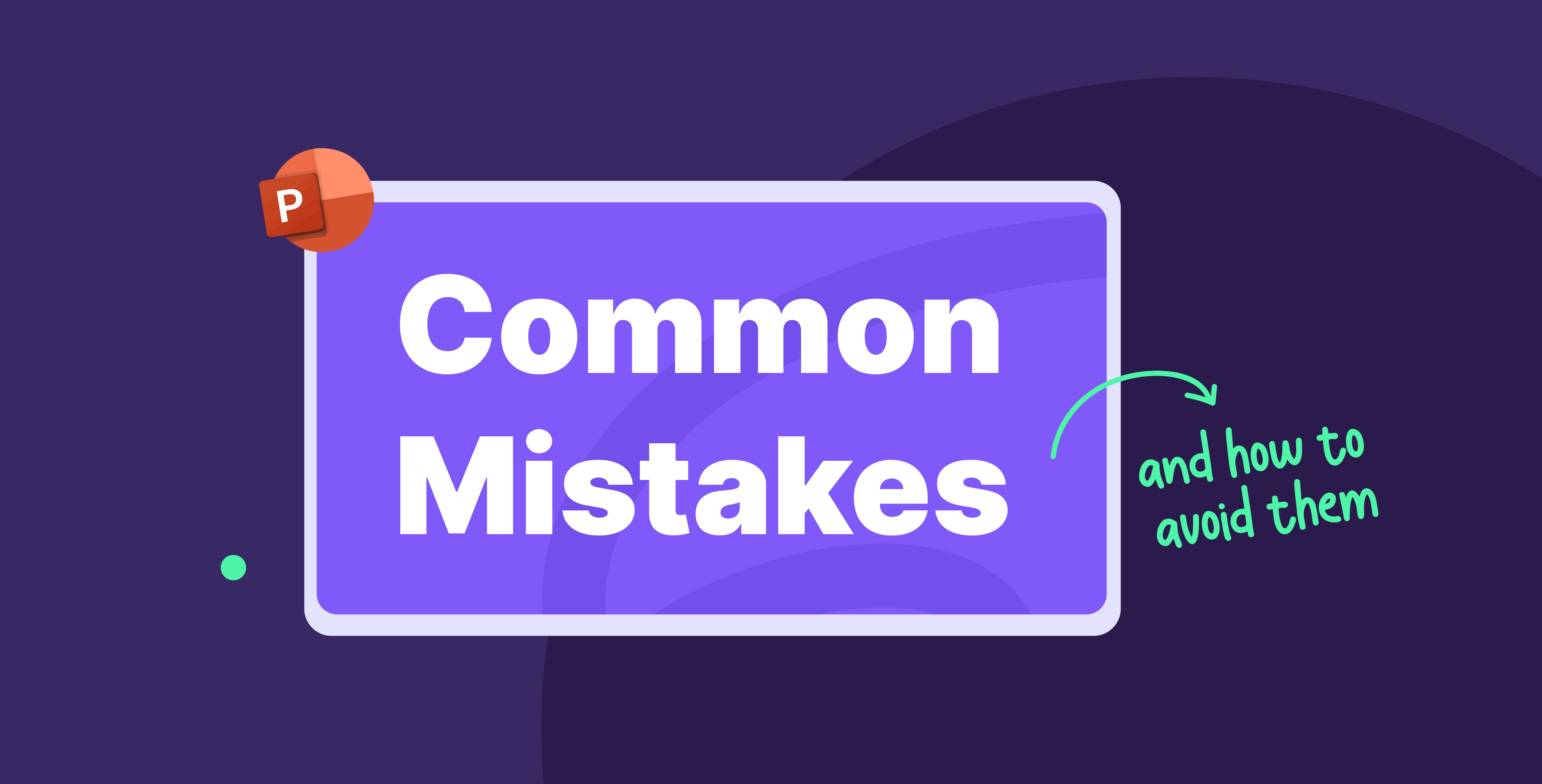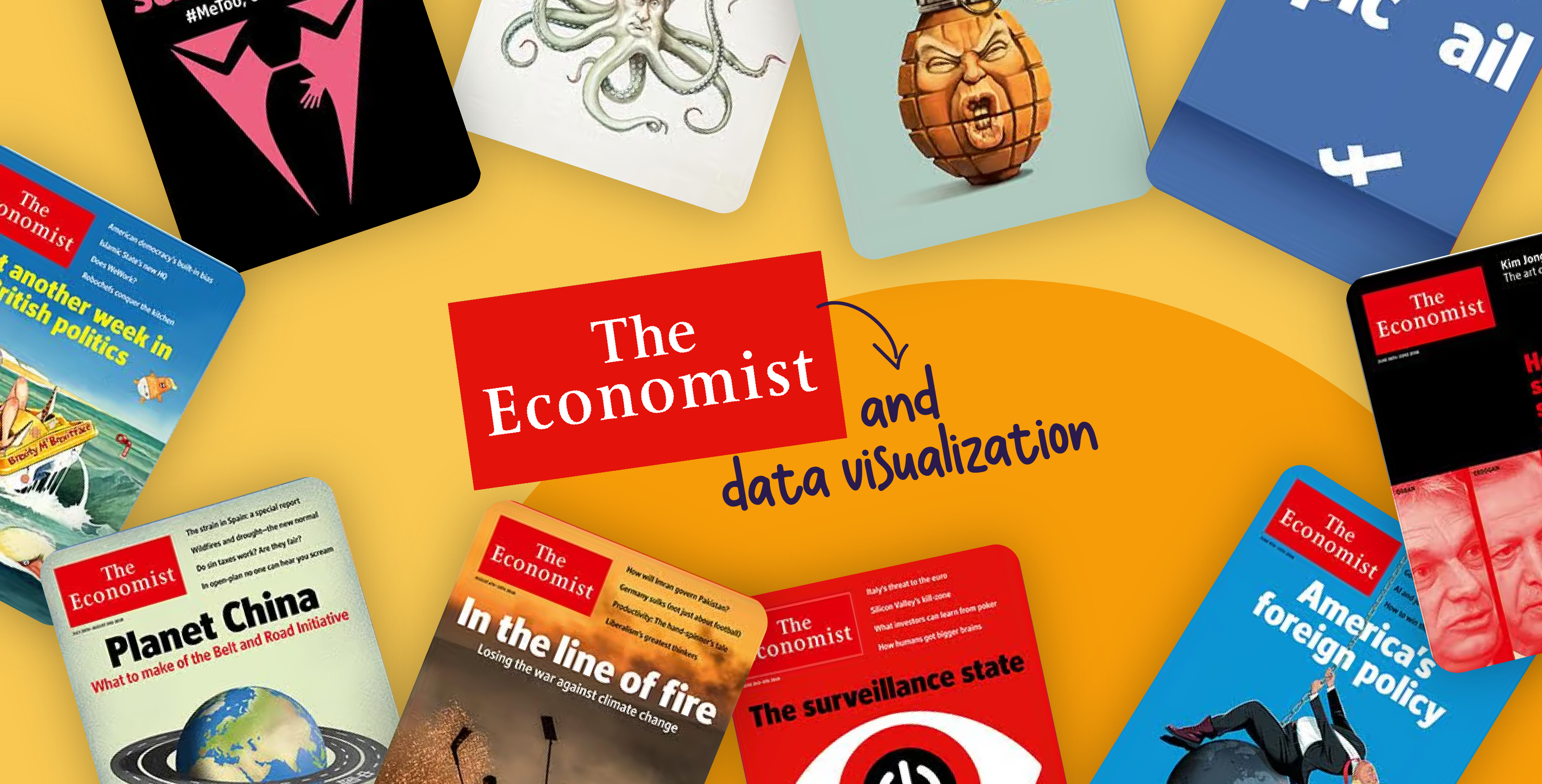18 November 2024
Ever wondered why some presentations leave a mark while others fade quickly? We can’t all be “audience whisperers,” but we can look into psychology as a guide to provide insights into the cognitive processes that shape our abilities to absorb and retain ideas. Presentations are vessels for sharing ideas, so why not harness our understanding of the human brain to optimize the ways we design and deliver them? By learning more about how the brain works, we can create presentations that cater to our audience’s cognitive minds, ensuring that they walk away inspired and motivated to take action.
Psychology Principles for Presentations
Primacy and recency effect
The primacy and recency effect, referring to a well-established cognitive bias, suggests that people are more likely to remember the first and last bits of information they encounter. In a presentation, you surely want your audience to walk away recalling your key points, so tapping into the primacy and recency’s logic ensures that they will. Leveraging this principle allows you to make the audience remember essential points by using your time slots wisely and intentionally. Essentially, take advantage of the segments where you have your audience’s attention and use this time to share the most important information you want them to walk away with.
Picture superiority effect
Let your audience “see” your point, literally! The picture superiority effect suggests that people tend to remember images and pictures better (and more vividly) than words. And considering that presentations tend to be primarily visual mediums, why not use this to your best advantage? This is another cognitive bias where our brains are naturally more drawn to visuals, whether it is an image, infographic, GIF, or whatever, really! Forget the text-laden slides, pictures are a language on their own, and it’s one that audiences are certainly fluent in.
Cognitive load theory
When faced with too much information at once, our brains begin to beg for reprieve—at least that’s what the cognitive load theory tells us. This theory suggests that there is a limit to how much information the brain can comprehend at once. Considering that your audience is human after all, take it easy on them.
The biggest of feasts can only be eaten bite by bite; limit the amount of information per slide, avoid using complicated language, and break down big ideas into small, digestible pieces. Despite your ambitions to share your hard-won data, it still needs to be manageable, accessible, and not too overwhelming, or your audience will check out and mentally walk out of your presentation.
Goal gradient effect
The satisfaction of ticking off items on your to-do list is unmatched, so why not make your audience feel that too? The goal gradient effect tells us that people are more motivated to complete a task when they see progress and are approaching the end. In other words, you’re more willing to sprint when you can see the finish line.
For a presentation, keeping your audience actually invested all along the way is one of the trickiest challenges to maneuver. Splitting the presentation into smaller segments helps the audience visualize the progress made; you can do this by storyboarding your presentation beforehand. Other ways to implement goal gradient theory are by incorporating a presentation agenda, a progress bar across the slides, or even verbal verification of where you are.
Social proof and influence
Consider this: how likely are you to try out a product if a friend hasn’t recommended it? Now think about your presentation’s content. Why would the audience trust you based on your words alone? Utilizing social proof and influence tells us that people are likely to do or use something if they see others doing it. In presentations, this can look like citing consumer statistics, case studies, or testimonials from those who have benefited from your product, service, or idea. This establishes credibility and rapport with your audience, which allows you to influence them. Instead of just having blind faith in your product, social proof backs up your claims and lets you be smug about your results.
Peeking into the human brain makes it easier to truly understand what it takes to properly communicate ideas to an audience. Psychology isn’t just for psychologists; it’s for anyone who wants to make the most of human interactions, including presentations. Using these principles can give you a better understanding of how to structure your ideas to leave the strongest impact.






